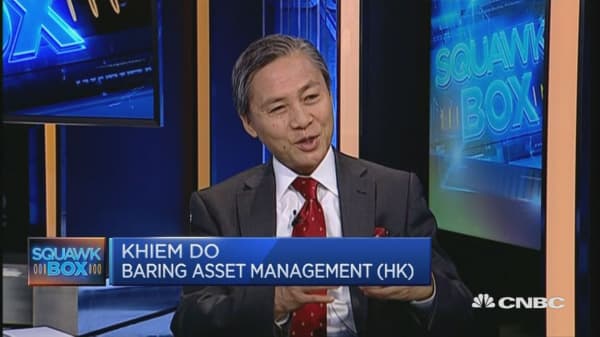Wild guesses from one economic indicator to the next are not providing relevant and useful analysis of China's economy. They are simply leads to equally wild trading bets.
The world's second-largest economy is underpinned by strong fundamentals and is reasonably well run. It deserves a broader look at its short-term (i.e., a one-year time horizon) and medium-term (i.e., a period of up to five years) outlook for growth and price stability.
If you want a short-cut, and a good point of departure in that kind of analysis, you may wish to think of China's widely shared medium-term growth forecast of about 6 percent.
But here is a warning: As a long-time practitioner of formal economic model building, I would advise not to get hung up on that or any particular point forecast without a probability range.
I would prefer a simple question: Do the Chinese have what it takes to stabilize and maintain demand and output on a relatively high-growth trajectory in the years to come?








